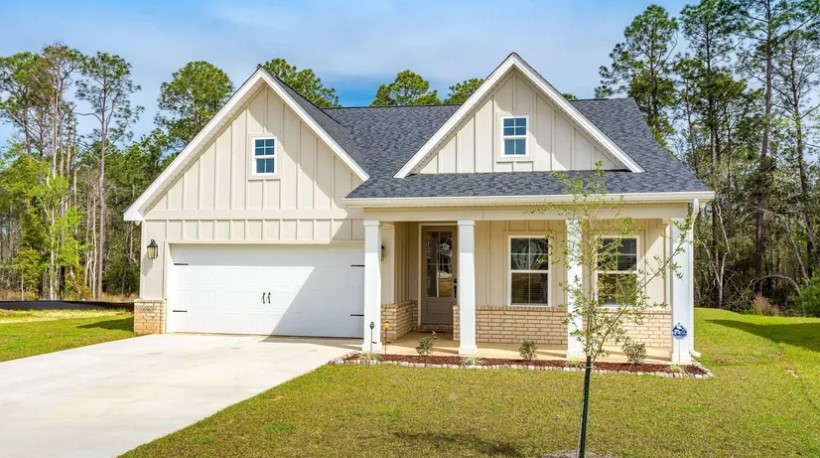Published by REALTOR.com | September 18, 2024
Certain regions of the U.S. are hot spots for new construction, particularly the South and West.
During the COVID-19 pandemic, rock-bottom interest rates sparked a homebuying frenzy as the national housing supply struggled to keep pace. The result? Soaring prices for existing homes coupled with record-low housing stock levels.
This shortage created an opening for new-construction homes in the housing market to meet demand and offer modern amenities, energy efficiency, and customizable features.
“There is a clear and present need for newly built homes to meet the demand for housing, and this construction is an important contributor to overall economic activity,” says Joel Berner, senior economist at Realtor.com®, in the September New Construction Report.
With that in mind, Realtor.com is presenting its Days of Deals, a limited-time browsing experience from Sept. 18 to Oct. 6, designed to help anyone interested in buying a home find builder promotions and incentives—all in one place.
In July, some buyers were able to save up to $50,000 when buying new homes, thanks to incentives such as appliance packages and $10,000 toward closing costs.
Certain regions of the U.S. are hot spots for new construction, particularly the South and West. In fact, in five states within these regions—South Carolina, North Carolina, Idaho, Arizona, and Florida—new-construction homes are priced lower per square foot than existing homes, making them particularly attractive to budget-conscious buyers.
The number of homes for sale has been gradually ticking up; but as of December 2023, the U.S. still faces a shortfall of 7 million homes. Levels of listings remain low because many homeowners simply aren’t selling (and then buying again) due to years of stubbornly high mortgage rates.
Recently, however, mortgage rates have dipped to their lowest point in over a year—and there’s potential for further declines.
But here’s the catch: Even if rates drop from the current 6%–7% range, many potential sellers remain anchored to the ultralow rates they locked in a few years ago, making them reluctant to list their homes. This ongoing gap means new construction remains critical in alleviating the housing crunch.
The Federal Reserve has issued its first interest rate cut in four years, kicking off an easing cycle that will make new mortgages more affordable.


